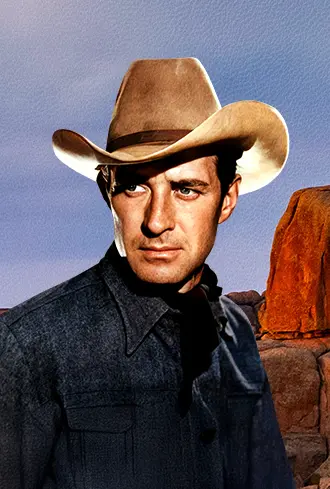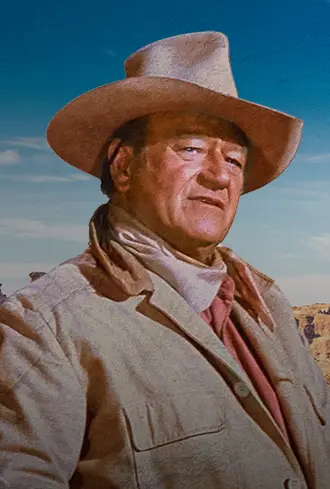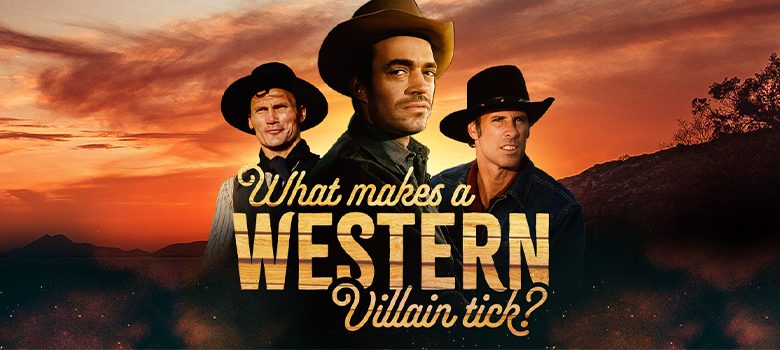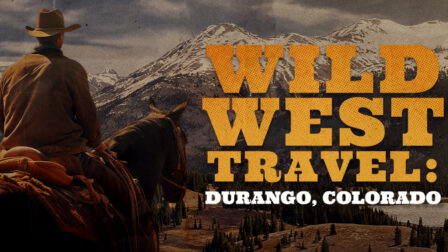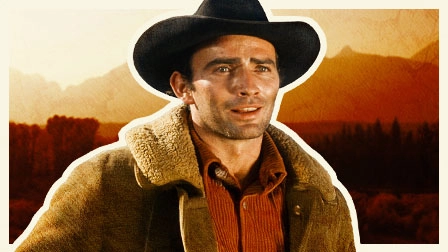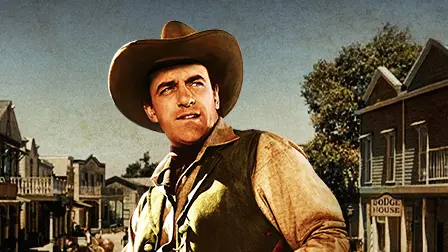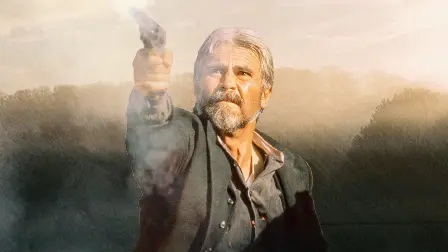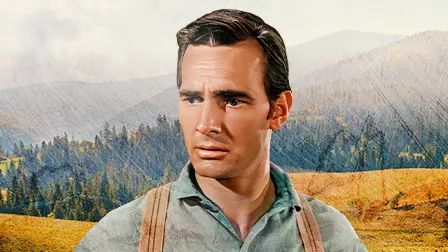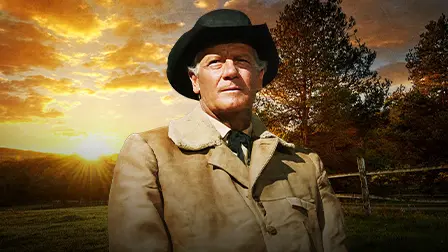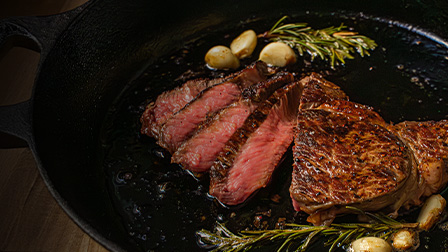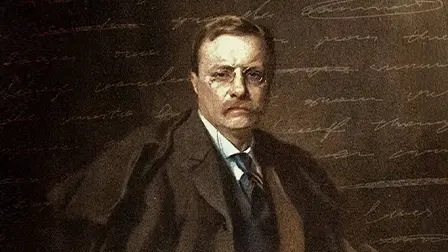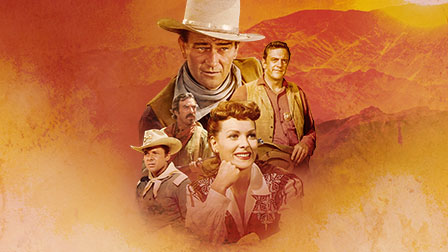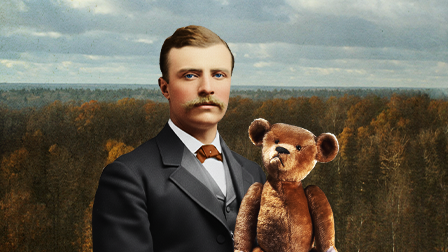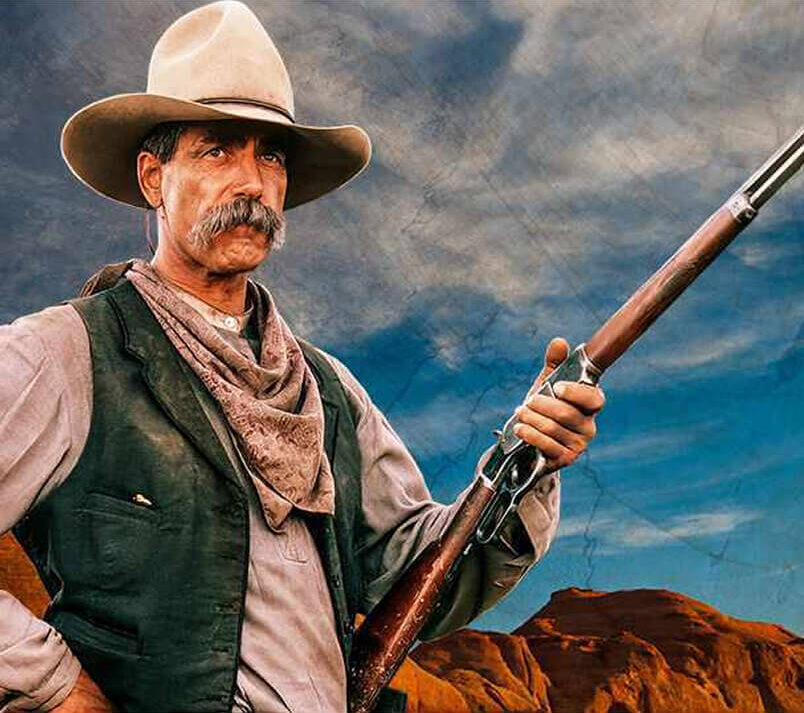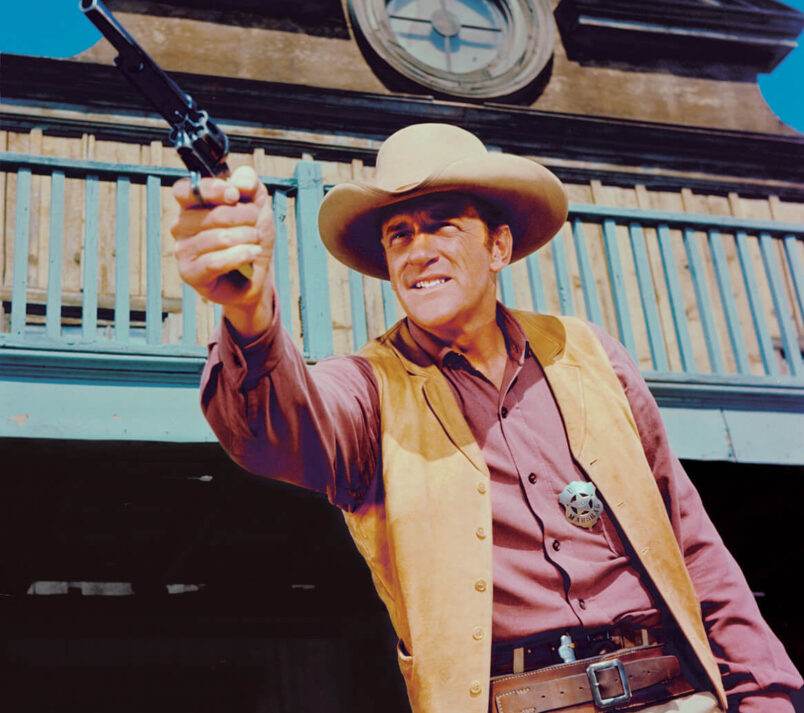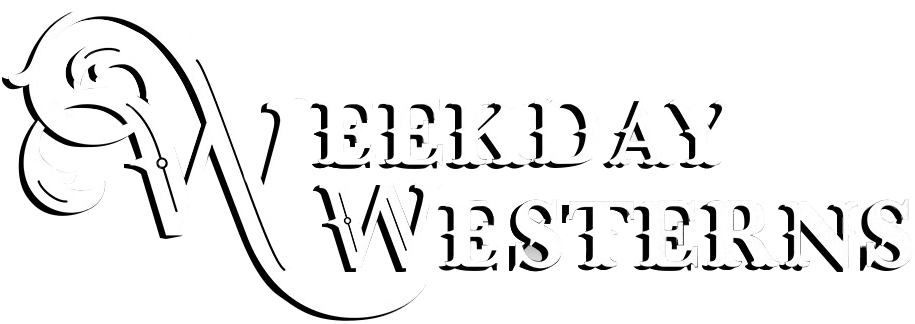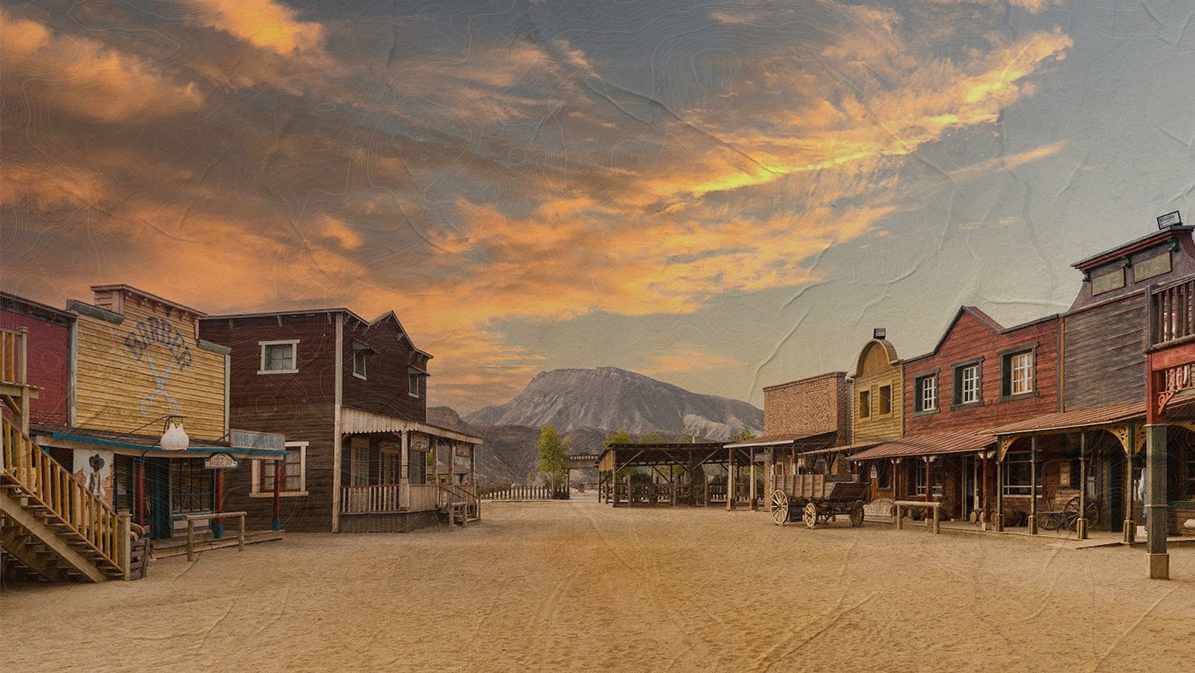Best of the Bad
Johnny Carson: "Do you ever get tired of playing bad guys in motion pictures?"
Lee Van Cleef: "No, they're pretty good characters, actually. They’ve got a lot of depth, some of 'em, if you can get some sympathy mixed with the horrible things you're supposed to be doing."
What makes a great villain? First and foremost, he must be a worthy opponent, because a hero can be no more heroic than his villain is villainous. After all, Strother Martin was a fine actor portraying a “bad actor” who did terrible things. But John Wayne faced him five times, James Arness faced him eleven times, and you never once worried about who would win. But when Wayne faced Lee Marvin, that was something else again.
Lee Marvin
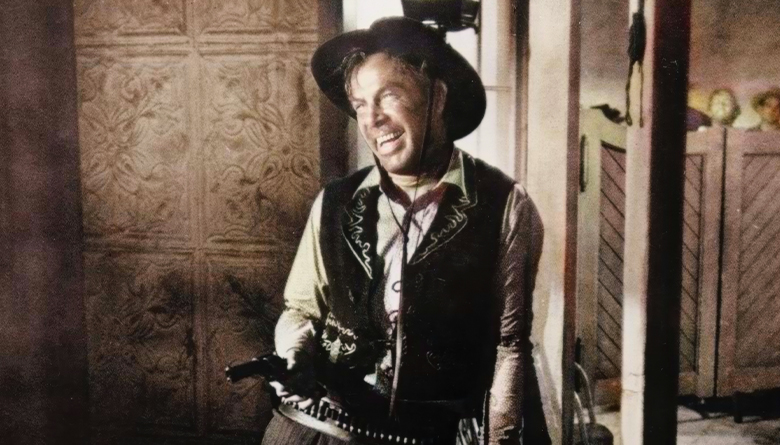 How many films besides The Man Who Shot Liberty Valance have the villain’s name in the title? “Liberty Valance is the toughest man south of the picket-wire,” Wayne’s Tom Doniphon tells James Stewart, “Next to me.”
How many films besides The Man Who Shot Liberty Valance have the villain’s name in the title? “Liberty Valance is the toughest man south of the picket-wire,” Wayne’s Tom Doniphon tells James Stewart, “Next to me.”
Head of an outlaw trio, backed by Strother Martin and Lee Van Cleef, Marvin’s Valance was a handsome, smiling symbol of strength without conscience. Wayne’s character was strength with a soul, and Stewart’s was a heart full of virtue without the muscle to back it up.
Marvin’s villains were so cheerful and often charming that it chilled you when he would turn suddenly deadly. Watch Liberty Valance and Christmas Story back-to-back and you’ll see that Ralphie’s nemesis, Scut Farkus is modeled on Marvin’s Liberty, just as his rotten little toady Grover Dill is based on Strother Martin.
In Seven Men from Now, antagonists Randolph Scott and Marvin so respect each other by the end that it feels like a loss when one must kill the other. No wonder Marvin was able to play both the hero and the villain in Cat Ballou and win an Oscar.
Jack Elam
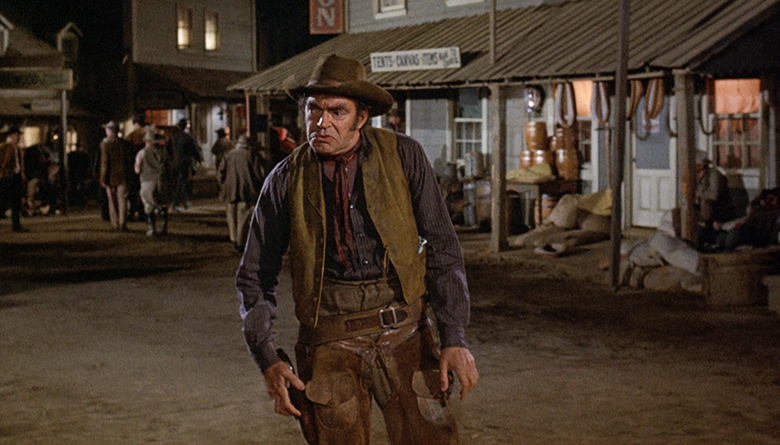 Today Jack Elam may be most familiar in his goggle-eyed comedy persona, in films like Support Your Local Sheriff and Support Your Local Gunfighter, but that came after decades of villainy.
Today Jack Elam may be most familiar in his goggle-eyed comedy persona, in films like Support Your Local Sheriff and Support Your Local Gunfighter, but that came after decades of villainy.
Elam got his start as an actor in a most unusual way. As a certified public accountant, he served as the financial comptroller for the Hopalong Cassidy movies before stepping before the cameras. His first major role, and he’s unforgettable in it, was in the 1951 Henry Hathaway Western, Rawhide, starring Tyrone Power as an assistant at a desert stagecoach stop, and Susan Hayward as a woman traveling with a baby. A small band of outlaws takes them hostage as they prepare to rob an expected gold shipment. Hugh Marlowe is the heartless brains of the outfit, but Elam is the frightening one, the brain-addled one with the crazy eyes, and the barely controllable lust for Hayward. The scenes where he takes potshots at the baby wandering in the desert will put your heart in your throat.
Suggest a Correction
We strive for accuracy and fairness. But if you see something that doesn’t look right, click here to contact us!

